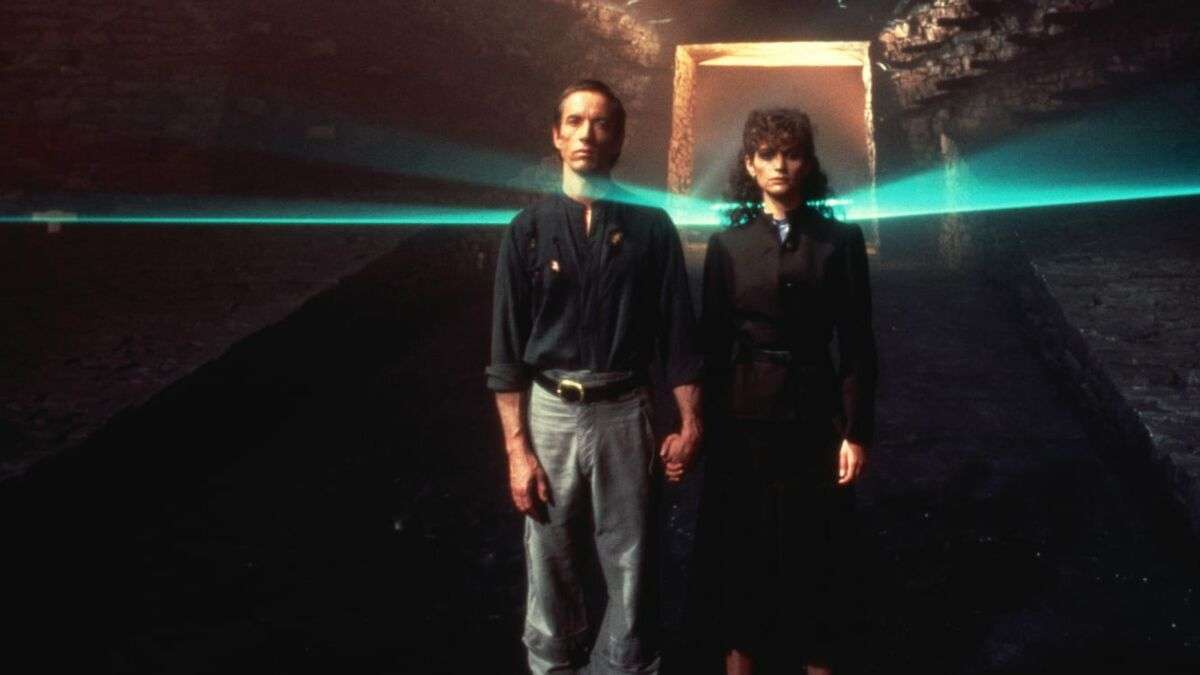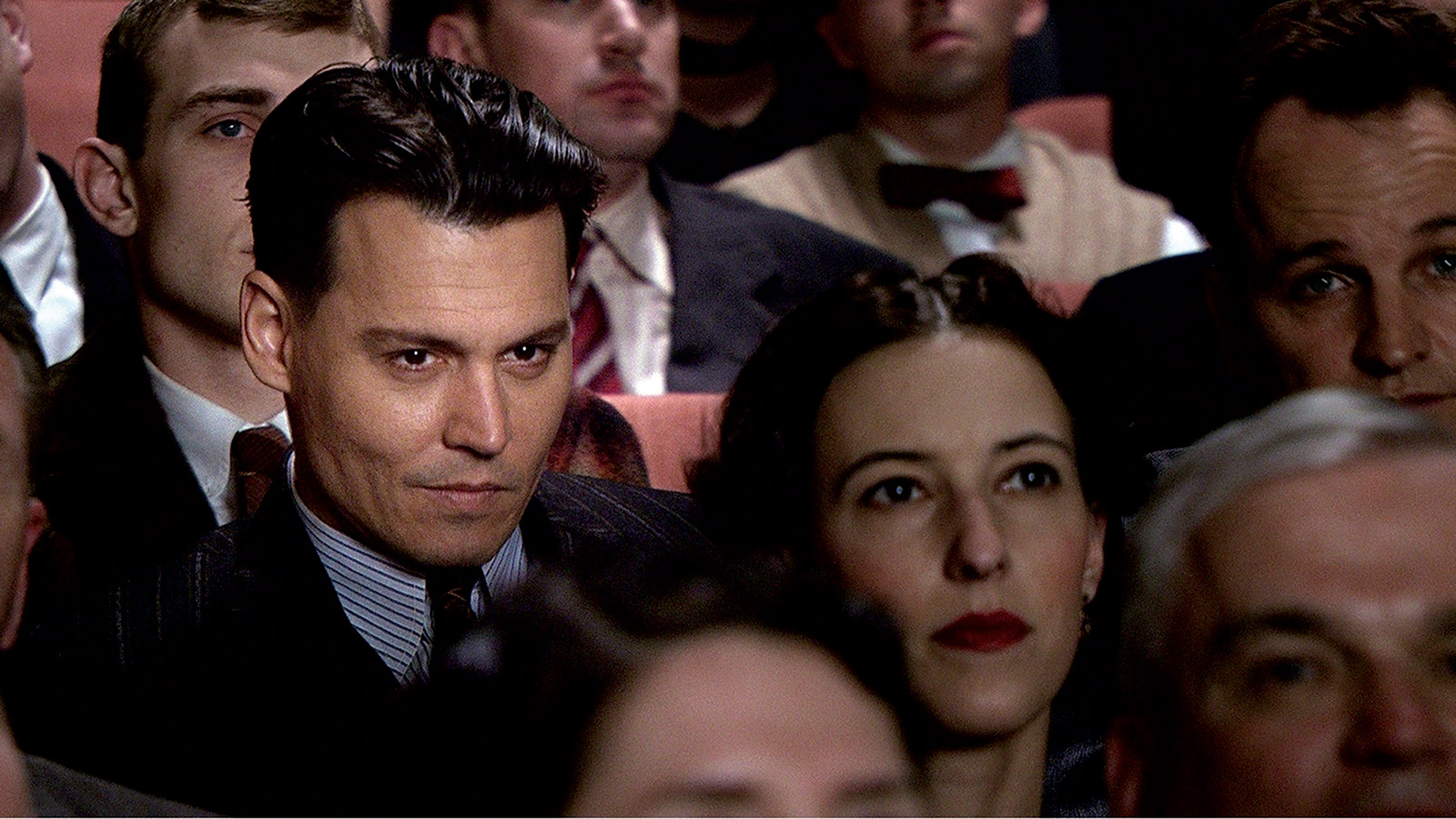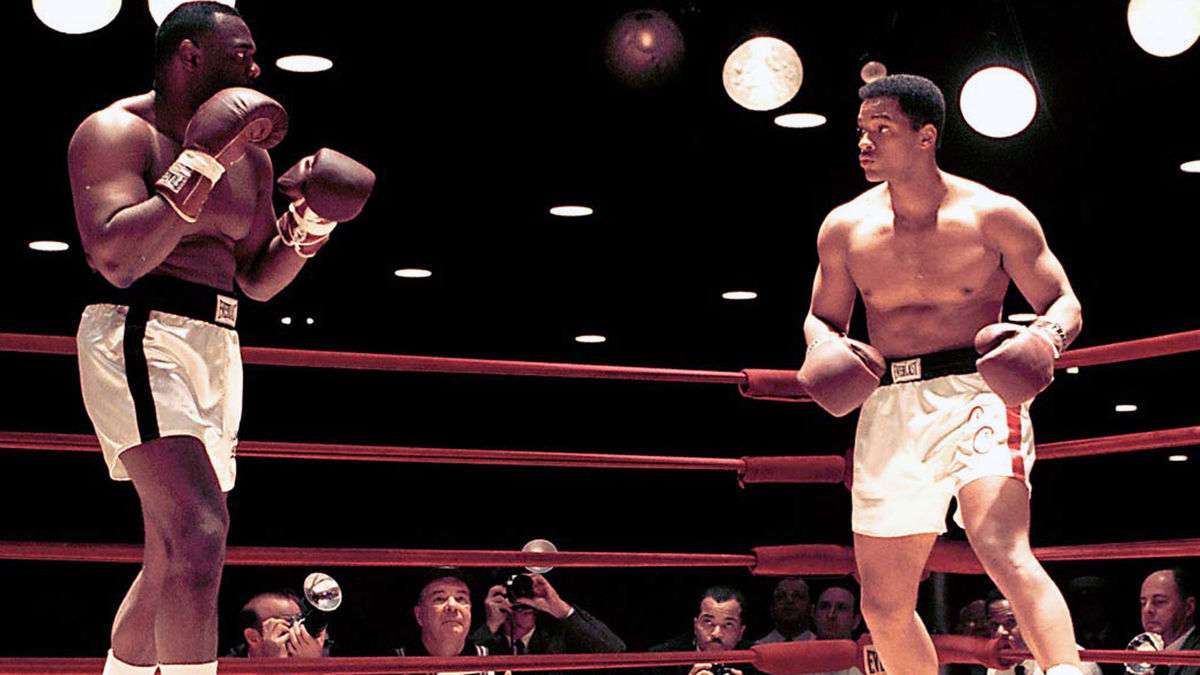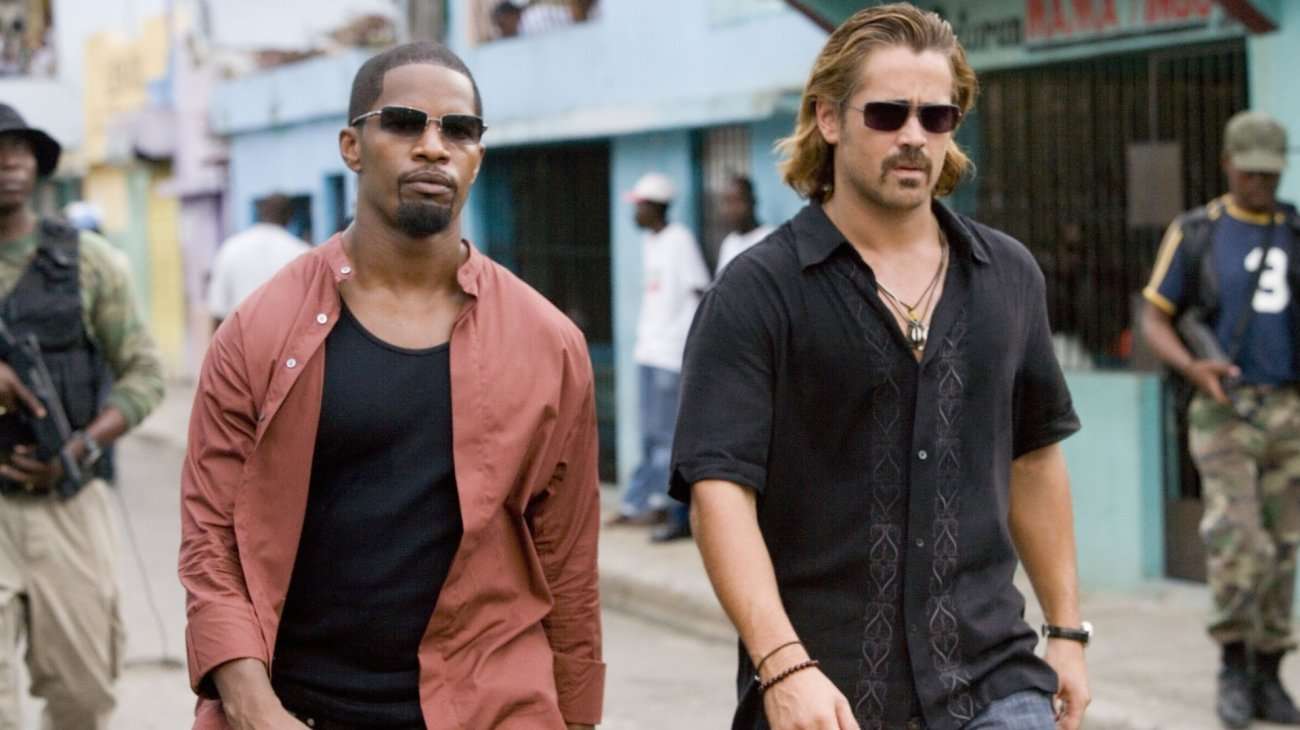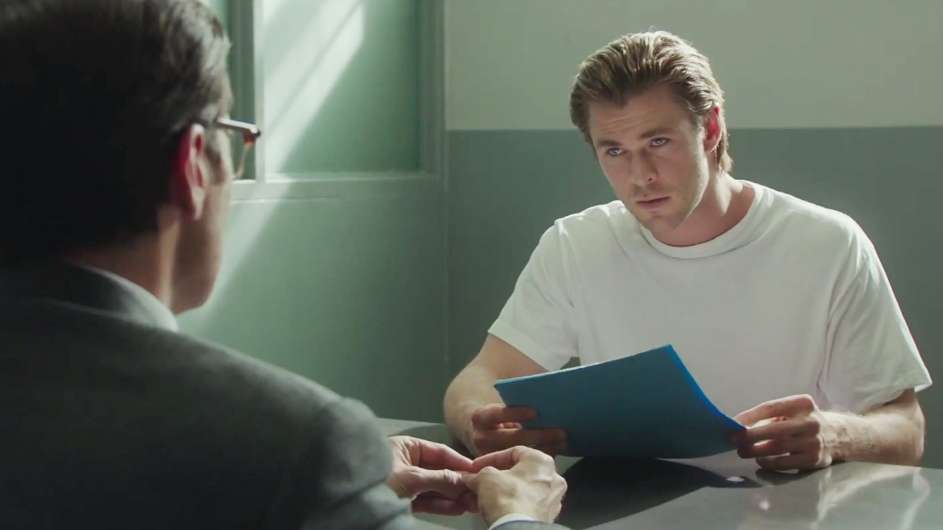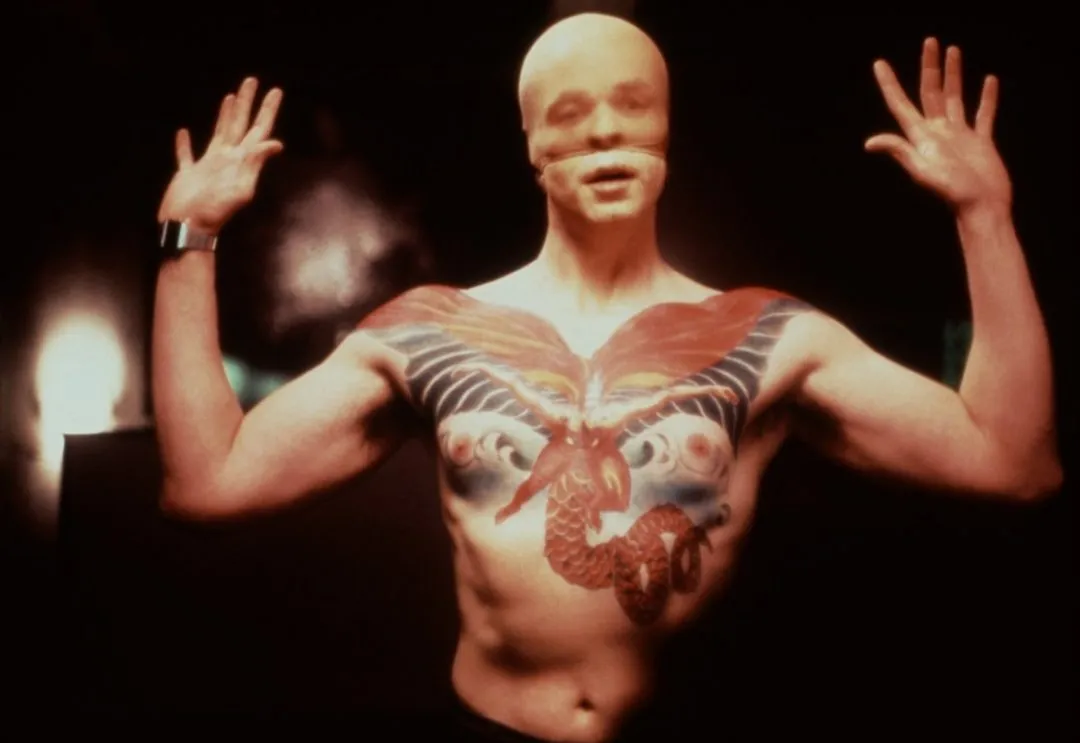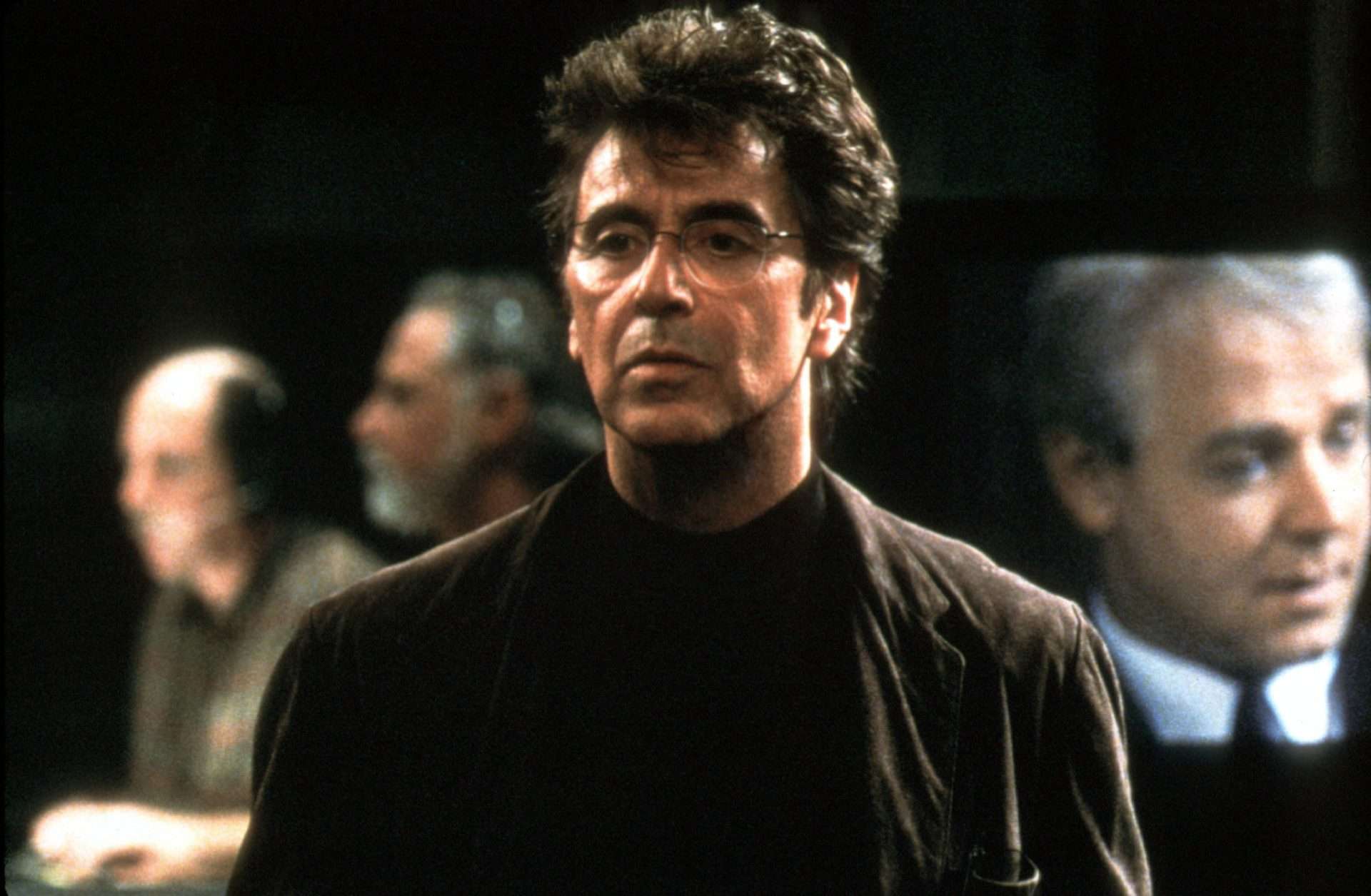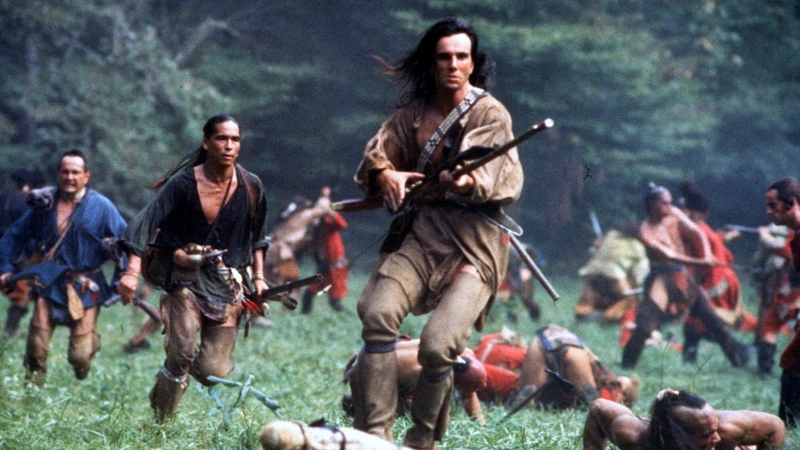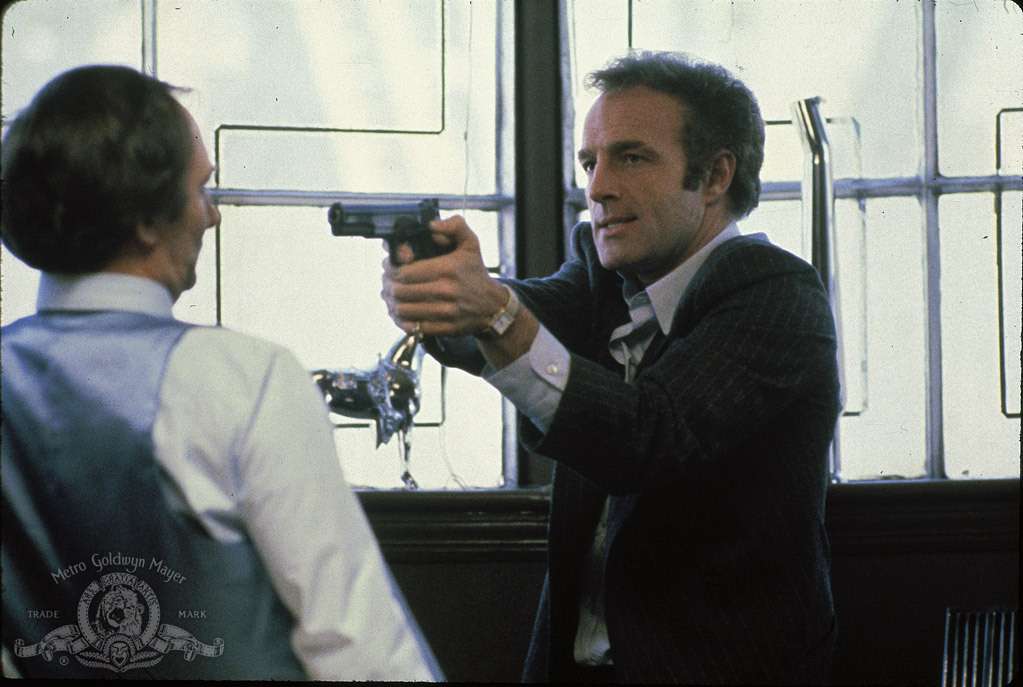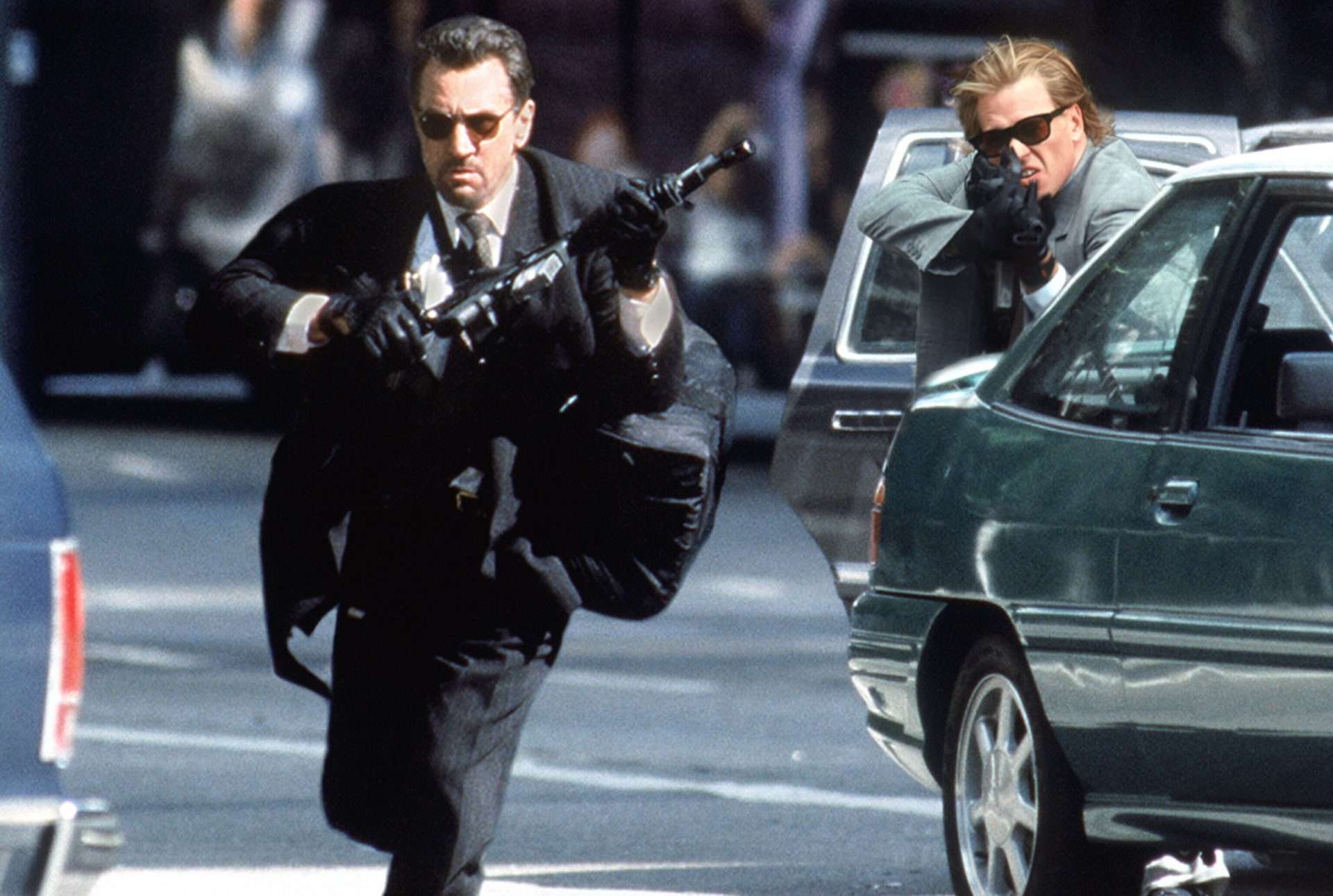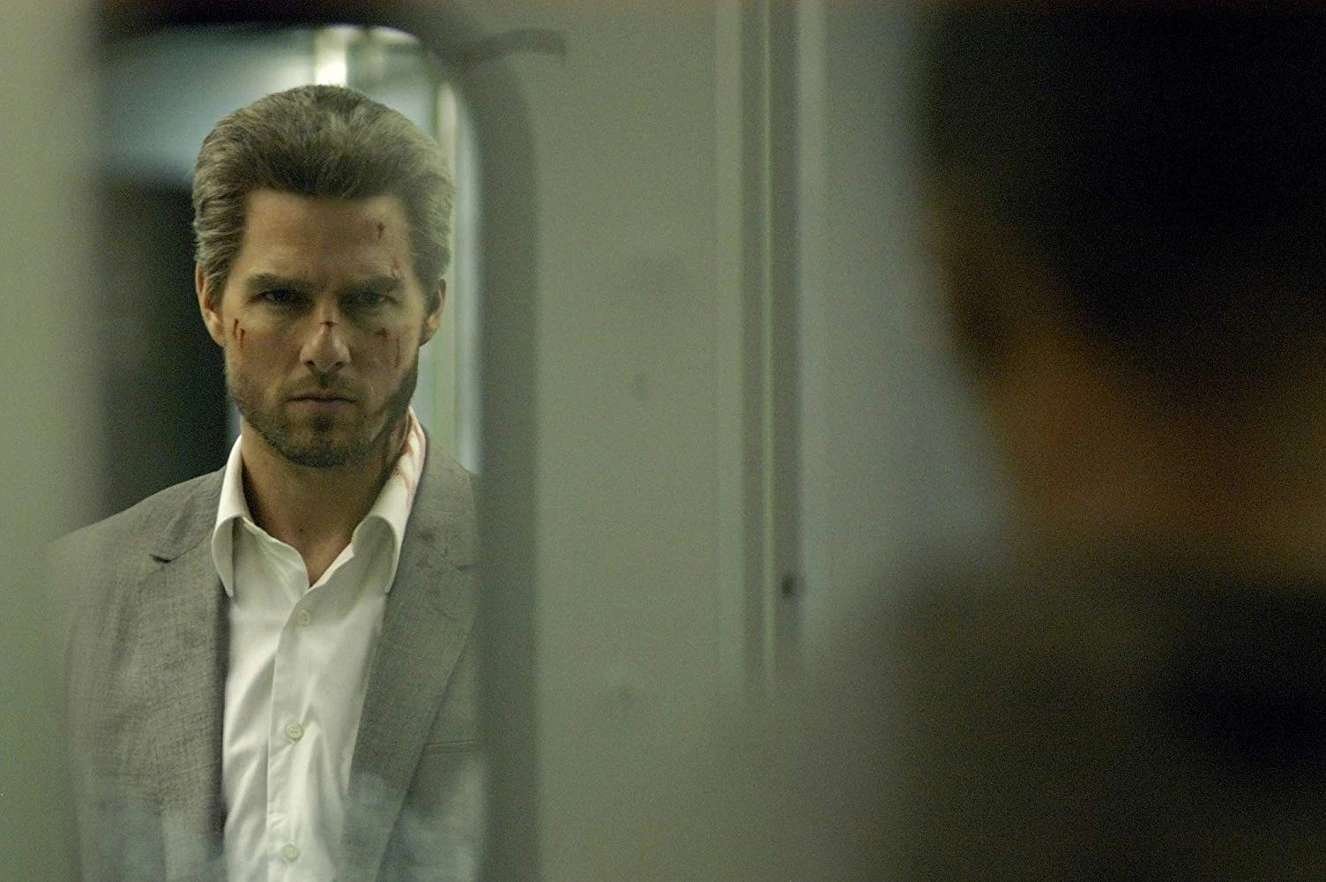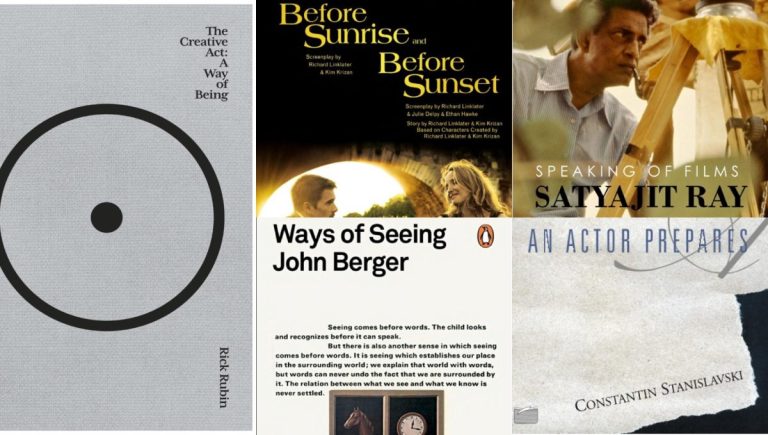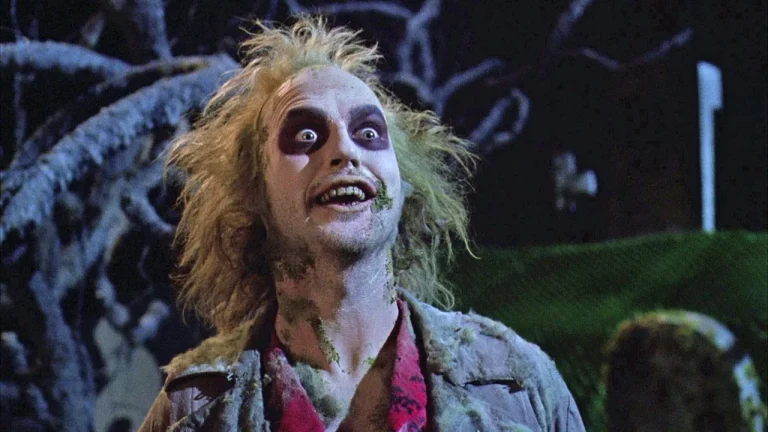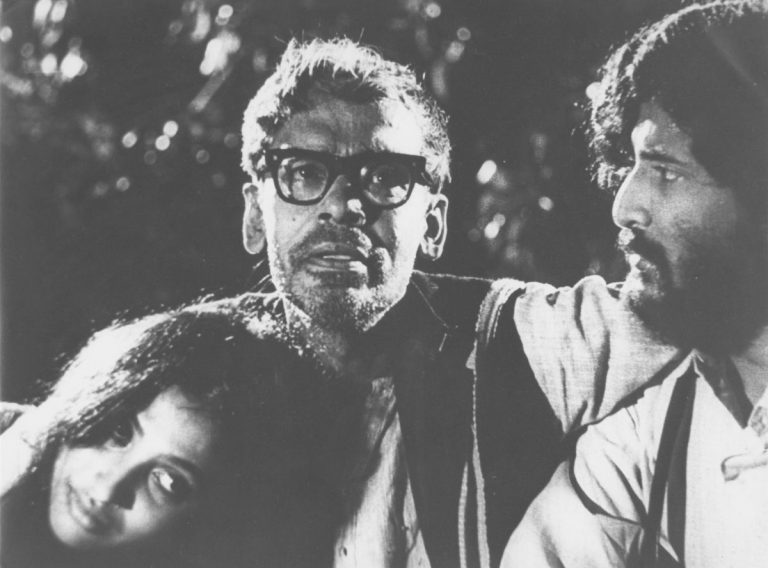One of Hollywood’s leading directors, Michael Mann, is synonymous with stylishly lit, neon-blue-hued frames and stories of complicated men battling with their sense of duty and is extremely devoted to the process of the work. The protagonist, affectionately titled “Mann Men,” usually comprises outsiders who are intense in their outlook, mirthless or extremely sarcastic in their demeanor, devoted to their work almost to a self-destructive degree, and exceedingly romantic. The auteur’s filmography, consisting of biopics, period dramas, and crime epics, comprises a portmanteau of genres, but there is a signature style to all of them. As an auteur, Mann shares a bit of himself with all of his protagonists, and there is a sense of sheer perfection in the technical craft that bedazzles and also enamors movie lovers, cinephiles, and future filmmakers alike.
It is an enviable task to rank the filmography of such an auteur as Mann, not because of the sheer number but because of the sheer variety as well as the variation in quality. Mann, being a very technically proficient director, is also very keen to experiment with filmmaking. As a result, there are stages and moments within his filmography where the film’s quality is suspect, but there are kernels of interesting characteristics within all of them. Mann is also one of those directors, like Francis Ford Coppola, Ridley Scott, and George Lucas, who likes to tinker with his work. As a result, there are multiple versions of his films available, and it is almost an academic study to understand which version could be called the definitive one.
Caveats:
In ranking this list, the first caveat being taken is ranking all the movies that have been released in theatres. That thus discounts “Jericho Mile” (1973), Mann’s actual film-directing debut in a made-for-television film, and “LA Takedown” (1989), the telefilm that later becomes the prototype for “Heat” (1995). While “LA Takedown” could be checked out for Mann completionists, “Jericho Mile” (1973) is a very well-made prison movie where Mann conceptualizes his signature protagonist, and the ideas of filmmaking (shooting inside Folsom Prison contributing to the detail, exploration of a man doing prison time) are carried over most noticeably in his debut feature “Thief” (1981) but also encompasses throughout his filmography.
The second caveat being taken is: that if there are multiple cuts existing of any film, the preferred version would be mentioned at each entry. Without further ado, here are the films of Michael Mann, ranked:
12. The Keep (1983)
Based on the Paul F. Wilson novel, Mann’s only foray into fantasy horror follows a group of Nazi soldiers who unleash a supernatural force after setting up camp in an ancient, previously undiscovered stone fortress in the Carpathian Mountains. This is the only film that Mann disowns from his filmography. There is an argument that this is an incomplete film because of the many issues Mann had to face during and after production. The untimely death of visual effects supervisor Wally Weevers meant Mann had to complete the lion’s share of visual effects himself. There are also editing issues in the movie caused by studio interference, leading to the truncation of a 210-minute director’s cut into a 120-minute cut and, finally, a 96-minute cut to be released in theaters.
As a result, the film feels scattered due to the glaring absence of scenes, explained by poor ADR or devoid of any explanations. It gives a surreal vibe to the whole proceedings and aided by Mann’s predilection of framing and staging and some gorgeous shots by cinematographer Alex Thomson; there are elements of admiration and something to obsess over. The Tangerine Dream score is a standout, but amidst the scenes that do exist, it becomes crystal clear that Mann might be fantastic at spinning yarn and mythologizing contemporary reality, but he ain’t John Carpenter. Fantasy horror isn’t a genre of Mann’s forte, and even if the 210-minute director’s cut is ever released (which is highly unlikely), it’s debatable whether the movie will be able to vault over its flaws.
11. Public Enemies (2009)
“Public Enemies” is a biographical crime drama based on Bryan Burrough’s 2004 non-fiction book of the same name. It follows the final five years of the bank robber John Dillinger (Johnny Depp) as he is pursued by FBI Agent Melvin Purvis (Christian Bale) under the watchful stewardship of J. Edgar Hoover (Billy Crudup) who is also after Dillinger’s associates. The tail end of the 2000s finds Mann knee-deep in his experimentation with digital filmmaking. On paper “Public Enemies” feels like a culmination of a lot of Mann characteristics to date. It is a crime epic, a genre he has been instrumental in providing a lot of musculature, a period drama biopic which is also a genre he has dabbled with to varying success. More importantly, he is going to utilize the harshness of digital filmmaking to push the limits of what a period drama could entail in terms of aesthetics.
It looks anachronistic, and because the screenplay itself focused a lot on the docudrama aspect, it felt very much like giving tactility to a period piece that one genuinely did not expect to witness. However, that tactility, while providing immediacy to the narrative of the film and a rare propulsion, also produces a surreal experience because Mann shoots sequences that would never be shot in a period film on 35 mm due to the nature of the camerawork. However, it also becomes slightly detaching as your mind rushes to make up for the difference between conventional and the new-fangled. It doesn’t help that the documentary aspect of the film takes away from the character development of the central protagonist. The uneven pacing also doesn’t help matters. “Public Enemies” is ultimately an experiment that is too bogged down by all of its elements not cohering together.
10. Ali (2001)
“Ali” is an American biographical sports drama film following ten years in the life of boxer Muhammad Ali (played by Will Smith) from 1964 to 1974. It covers the pivotal moments of Ali’s life, featuring the heavyweight title bout with Sonny Liston, his conversion to Islam, the very public criticism of the Vietnam War leading to his banishment from boxing, his eventual return featuring the bout with Joe Frazier, and finally his reclamation of the title from George Foreman in 1974 in the Rumble in the Jungle fight.
The film had the unenviable task of capturing the multitude that is the life of Muhammad Ali while also maintaining the engagement that could become a risk upon watching a biopic with its hagiographical structure. “Ali,” in hindsight, unsurprisingly has three different cuts, as Mann tries to capture the political unease immediately following 9/11 through Ali’s own politically entrenched life and career against the US Government while also capturing the career and the prowess of Ali’s abilities in the ring as well as out of it in terms of charisma and wise-cracking.
The film peaks in the first 10 minutes when Mann ingeniously chooses to introduce Ali and the supporting characters around him through a montage intercut with a performance by Sam Cooke. That ingenuity is maintained in the action sequences largely because Mann follows the Robert Wise and John Avildsen school of boxing choreography by focusing on the feet but also eschews Hollywood boxing by ensuring that the hit feels realistic rather than illusory. Surprisingly, it is Smith who stumbles, playing Ali with sadness and vulnerability but unable to evoke Ali’s charisma or trash-talking sensibility with that same energy. With the release of the Commemorative Edition after Ali’s death, where Mann recuts the film, focusing more on the political aspects of the narrative, Smith’s portrayal feels more congruent rather than laborious, and the movie too feels thematically more focused.
Preferred Version: The Commemorative Edition (152 minutes)
9. Miami Vice (2006)
Based on the 1980s television series executive produced by Mann himself and having its fingerprints all over it, the 2006 film version follows Detective Sonny Crockett (Colin Farrell) and Detective Rico Tubbs (Jamie Foxx), MDPD detectives who go undercover to stop major drug trafficking operations and the intertwining of their personal and professional lives as a result. “Miami Vice” is a vibe. While that statement feels like a perfunctory one, it is the only concise way to explain why, despite being so low on the list, it still finds time to be such an interesting film for me. The visuals of an HD camera coalesce elements of color into opaque pockets. Darkness and motion seldom look this dirty; digital camera photography has never looked this cinematic.
This is the antithesis of the television show “Miami Vice.” It is not flashy, not slick, but cool, even pushing towards abstraction. It carries the identity of the early 2000s, emblematic of the best aspects of that aesthetic rather than a cringy approximation. Michael Mann distills all his philosophical underpinnings and romantic thesis of relationships through a volatile form of narrative. The plot is filled to the brim with details and investigative jargon, but the overall story is meandering, nonsensical, and ultimately unimportant.
This is a film coasting on its vibes, on the searing intensity of the romance between Crockett and Isabella (Gong Li), on the stubbornly fragmented nature of the narrative held together by the splendorous sound design and the visuals, which could force you to be lost within the ephemeral nature of the form. Mann is almost stubbornly trying to break genre convention and push the action film into arthouse territory. It is divisive as a story but undeniably gorgeous as an experience.
Preferred Version: The Theatrical Cut (132 minutes)
8. Blackhat (2015)
This 2015 globetrotting cyber-thriller follows Hathaway, a computer hacker who is released from prison to help both American and Chinese authorities capture a dangerous cyber criminal who is utilizing an invasive code that is very familiar to Hathaway. This is a movie suffering from the intention vs. execution dilemma. Whereby the intention of saying something important is derailed by the execution of packaging that message in a narrative shaping up to be a cyber-thriller.
The director’s cut, doubling as the definitive cut, shifts the first inciting incident towards the middle of the film, while the immediate second incident becomes the opening salvo and immediately manages to evoke the unease of digital terrorism with all its invisibility, evoking violence due to the inherent connectivity. It’s paranoia and surveillance through a conflict, which isn’t easy to define, and while it may come off as ludicrous in 2015, in 2024, it comes off as horrifyingly prescient.
The realism of the depiction of the technology adds to the unease. The existential dread comes not from the characters, whose only option is to decode and search for a way out of this propulsive nightmare, but from the viewers watching this film, who are dealing with the biting unease of society being enmeshed by the digital world. Mann’s relentless dedication to formalism and his intentional shooting of messy action set pieces add a visceral sense of pulpiness to the narrative. It is almost enough to forgive Hemsworth for his hackneyed accent and the strenuous belief that his character is a hacker. “Blackhat” relies on the old-school focus of professionalism and the intricate details devolving towards fetishism, along with the almost loving luxuriation of the cityscapes as well as the human body gyrating within a romantic embrace.
Preferred Version: The Director’s Cut (132 minutes)
7. Manhunter (1986)
The first-ever Thomas Harris adaptation of the Hannibal Lector series of novels, “Manhunter” follows FBI Agent Will Graham (William Petersen), who comes out of retirement to lend his talents in an investigation into Francis Dollarhyde (Tom Noonan), a serial killer known only as the Tooth Fairy. During this investigation, Graham also takes advice from incarcerated serial killer Hannibal Lektor (Brian Cox). Mann’s direction is the epitome of a slow burn. The majority of the first portion lacks hyperstylization, with Mann depending on shot compositions and his trademark blue-hued frames during scenes of lovemaking. The first part is equally useful in demonstrating the details of the investigation.
Mann also reveals a feeling of fanaticism underpinned by professional expertise for each of these detectives involved in pulling every bit of information. And with qualities encapsulating Mann, William Petersen plays Will Graham as the quintessential “Mann Man.” Petersen captures Will’s coiled enthusiasm and vulnerability mostly through his eyes and hangdog expression. He is quite good at bringing Graham’s eccentricities to life without going overboard, becoming absorbed, and nearly imitating the killer in his mannerisms. These strengths sidestep Dollarhyde’s being mostly a dull antagonist, and one of Mann’s pet peeves, which sometimes helps and hinders his filmography, is the overuse of score. In this case, it sometimes hinders it. But among thrillers and amidst the Lecter adaptations, this is still one of the more thrilling and gorgeous ones.
6. Ferrari (2023)
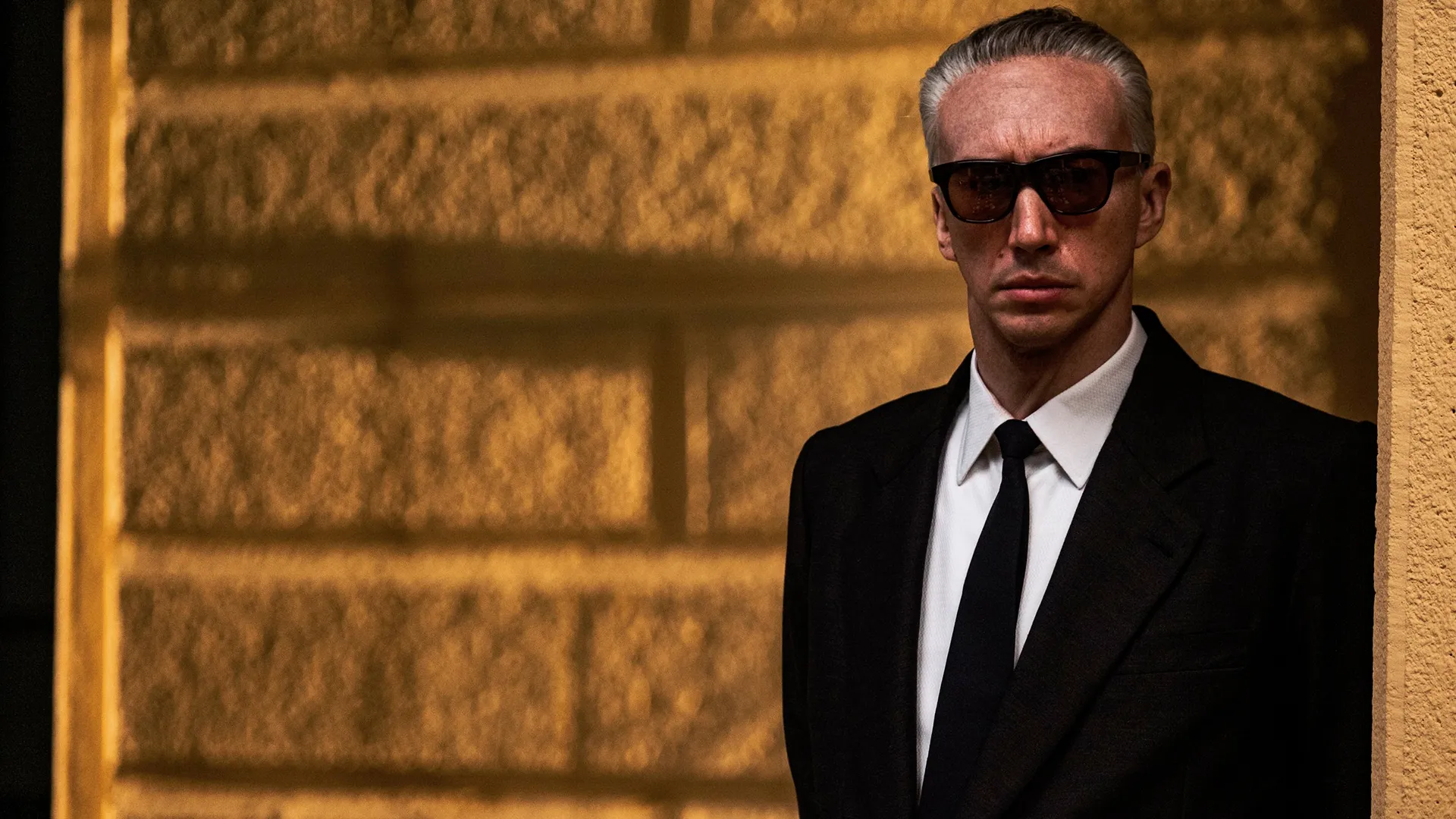
The latest addition to Michael Mann’s filmography is another addition to his oeuvre of biopics. Based on the 1991 biography of Enzo Ferrari by journalist Brock Yates, the narrative follows the trials and tribulations of Ferrari in both his personal and professional life in the summer of 1957. Avoiding the mistake of making a hagiographical narrative, Mann hyper-focuses on a specific timeline and expands the character and world of Ferrari through that point, extrapolating into two specific plotlines interconnected by the central character’s difficulties.
Mann focuses on the visceral nature of the race cars, the sound design, and the accuracy of the period design while also exploring the knotty interpersonal dynamics of Ferrari with his wife Laura (Penelope Cruz) and mistress Lana (Shailene Woodley). The racing sequences in the film are fantastic, thanks to Mann’s direction and Erik Messerschmidt’s cinematography. Process-oriented storytelling elevates the sequences where Ferrari (Adam Driver) is involved with his company and the Mille Miglia, while the familial plotline is held together by the performance of Penelope Cruz as Laura. Both are the two attributes that make this movie feel like one of Ferrari’s cars working in flawed synchronicity, with the muscular filmmaking in the racing sequences holding up the film in the rear.
Related to Michael Mann’s Filmography: 20 Best Investigative Journalism Movies, Ranked
5. The Insider (1999)
The 1999 drama film is made from a screenplay by Eric Roth, adapting the 1996 Vanity Fair article “The Man Who Knew Too Much” by Marie Brenner. It is a fictionalized account of the true story following Jeffrey Wigand (Russell Crowe), a whistleblower in the tobacco industry, and covering the struggles of both Wigand and his producer at CBS, Lowell Bergman (Al Pacino), as they try to defend his testimony against the efforts to discredit and suppress by Wigand’s former employer. The quintessential example of a director making a pivot from a successful movie like “Heat,” “The Insider” is very much dependent on shot composition and the drama Mann manages to extract from the compelling screenplay by Roth.
It’s a depiction of the personal drama of the lives of two men engaged in a theatre of war, except these are warriors against corporate overlords. Exploring how corruption can extend its tendrils in the highest of corporate echelons and how these myriad pressures could threaten to destroy any semblance of normalcy, the movie reminds you of those sorts of prestige films being released as tentpoles, led by a bevy of talented stars and character actors, and which are now relegated to miniseries and streaming releases. Mann shows how to make a movie about the simple act of telling the truth and how difficult that action becomes when a big business doesn’t want it to come out. It’s Mann exploring corporate malaise, channeling the best of Alan J. Pakula and Billy Wilder, but very much making it his own.
4. The Last of the Mohicans (1992)
One of the big departures in Mann’s filmography, and yet completely in line with Hollywood’s obsession with rejuvenating historical epics during that era, “The Last of the Mohicans” is based on a screenplay co-written by him and Christopher Crowe, based on the 1826 novel by James Fenimore Cooper and its 1936 film adaptation. It is based, according to Mann, more on the film adaptation than on the book, which is set in 1757 during the French-Indian War and shows the transport of Colonel Munro’s daughters to Fort William Henry by the frontiersman Nathaniel “Hawkeye” Poe and his “father” Chingachook and “brother” Uncas, while they are hunted by a revenge-filled Huron Native-American Magua.
Mann’s hues and cinematography mark a considerable shift from his previous work. Mann, with the help of Dante Spinotti, adds vibrancy to the frames, with the predominant hue leaning toward yellow and war sequences gleaming with ochre. However, at times throughout the film, such as behind the waterfall, the cinematography becomes fully expressionistic, which blends beautifully with the score by Trevor Jones and Randy Eldman. The score does a lot of heavy lifting, not just giving the action-adventure plot an epic feel but also, toward the conclusion, giving it a sense of weight and tragedy.
Historical veracity isn’t a necessity in most of these movies, and like many classical Hollywood epics, the emphasis is on the storytelling in which Mann succeeds. The romance, especially between Hawkeye (Daniel Day-Lewis) and Cora (Madeline Stowe), is the engine driving the plot towards the second act, and kudos to Mann again for developing a believable romance through searing attraction as they are looking for ways to be together in the theatre of war.
Preferred Version: Director’s Definitive Cut (114 minutes)
3. Thief (1981)
Michael Mann’s official feature film debut follows Frank, a professional safecracker specializing in high-profile diamond heists. His plans are modest insofar as he wants to retire and start a family with his new girlfriend and kids. To accelerate the process of entering this next phase of his life, he signs up to work with a gangster for a big score, which slowly starts to take over every facet of his life, threatening to break it apart. The voice for Frank (James Cann), the thief who is a bruiser, a blue-collar guy open to giving 50 hours of sweat to crack a safe, comes from Mann working on “Jericho Mile,” but Frank is also the template for the “Mann Men.”
“Thief” peaks itself, cementing the emotional centerpiece of the cafe scene; the conversation between Frank and Jessie (Tuesday Weld); and Frank’s remark about time marks Mann’s obsession with crafting protagonists obsessed with the concept of time. “Thief” also establishes Mann as the new creator of the neo-noir template and the de facto successor to William Friedkin in the 1980s, with the same emphasis on detail and process-oriented storytelling that Friedkin was known for in the 1970s. Mann does, however, use Tangerine Dream’s electronic score to create a growing backdrop for Frank’s attitude and mindset. It cements “Thief” as a mood piece rather than a brutal crime thriller, yet it does not detract from its evocation. But “Thief” wouldn’t work without a fantastic leading performance by James Caan, a highly physical one with Caan’s visage doing the lion’s share of the work.
2. Heat (1995)
“Heat,” written and directed by Mann, follows obsessive master thief Neil McCauley, who leads a top-notch crew on various daring heists throughout Los Angeles. Meanwhile, determined detective Vincent Hanna pursues him with unwavering and untiring dedication. Each man recognizes and respects the ability and dedication of the other, even though they are aware their cat-and-mouse game may end in violence. The true greatness of “Heat” was felt after watching the prototype of 1989’s “L.A. Takedown.” The evolution—the upgrade from “Takedown” to “Heat”—is almost staggering in retrospect.
From the upgrade of the actors to the filmmaking itself, Mann goes all out, even adding an extra 90 minutes to the runtime. The age-old adage “Go big or go home” is upheld by both Mann and his two principal actors. The difference between Pacino’s Hanna and De Niro’s Macauley almost mirrors the two aspects. Hanna is all swagger, the confidence of a man who is flamboyant yet able to use his anger as fuel for his dedication.
As a result, even the cheesiest of dialogues delivered by Pacino works perfectly because of his performance. In contrast, De Niro plays it low-key. The suave, cool, confident thief who also lives on the knife’s edge is efficient enough not to get rattled. Both are the two key aspects of the “Mann Men” working in complete opposition and yet in sync with each other. It works almost seamlessly with the cinematography by Dante Spinotti and the synth score and orchestrations by Elliot Goldenthal within the songs by Moby and Ultramarine.
But one cannot talk about “Heat” without commenting on how intensely romantic Mann makes the story and the film itself. The romance between the two protagonists is a romance between Mann, the director, and the city itself. But at the end of it all, it’s those two men at the center. “Heat” is the truest example of an idea written on paper realized on the screen to its utmost potential.
1. Collateral (2004)
Collateral” is a 2004 neo-noir American thriller film conceived from a script by Stuart Beattie. The film follows Max (Jamie Foxx), a cab driver, and his new customer, Vincent (Tom Cruise). Offered a high fare for driving to several locations, Max agrees but finds himself taken hostage by Vincent when it is revealed that Vincent is a hitman and the addresses are locations for high-end contract killings. This was my first Mann outing, and it is still my favorite. It’s hard to categorize the top two in specific ranks, but for the most part, “Collateral” remains at the top.
From the beginning of the movie, where Mann allows Max to take the rein of the narrative like the taxi and also give us a view into the gorgeous vista of night-time LA, he is teasing us with the impending danger soon to come. “Collateral” then becomes a high-wire act, where a Mann protagonist towards the end of the spectrum – process oriented to the point of sociopathic – forces the other protagonist to undergo a character arc and become a Mann protagonist at the end of the movie.
Undergoing that arc would be the only way for Max to escape Vincent’s clutches, as the plot hits overdrive, without becoming convoluted. It’s also the movie where Mann’s experimentation with a digital camera works seamlessly, especially in the shootout sequence at the nightclub. But what strikes me about “Collateral,” and through Mann’s full filmography, is his boundless empathy, which he chooses to explore within characters who deign to show none. “Collateral” loudly refutes the “hitman” genre as much as it refutes Vincent’s advice to Max to grab his fantasy.
The movie ends with Max not attaining his dream but rather realizing that the dream should be the fuel for his life to move forward rather than be stalled in comfortable monotony. “Collateral” is also hard to imagine without digital filmmaking. The high saturation and the resultant realism only manage to increase the moment of dread and unease, breathlessly following the plot until it reaches the cold silence of the subway.

